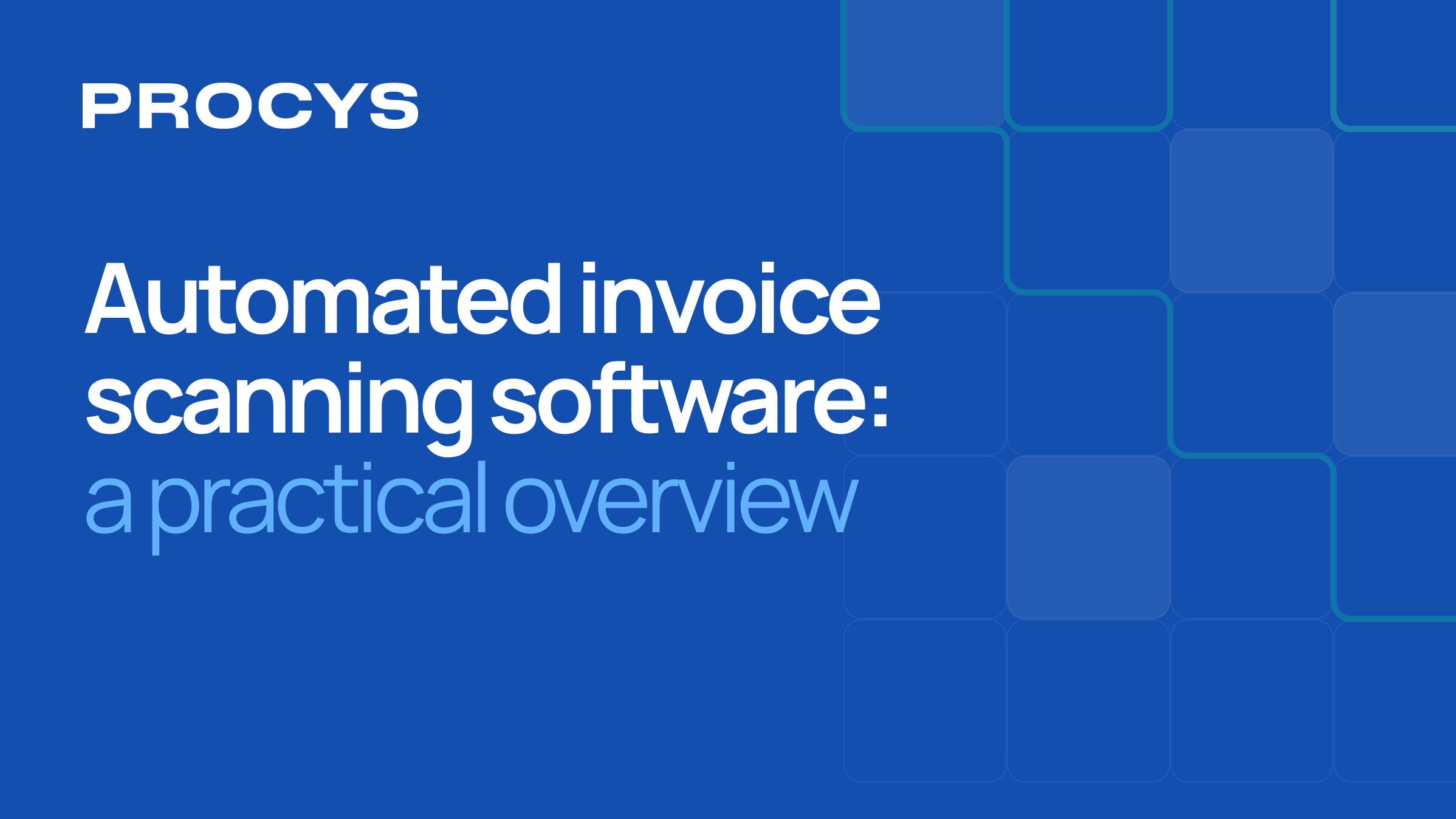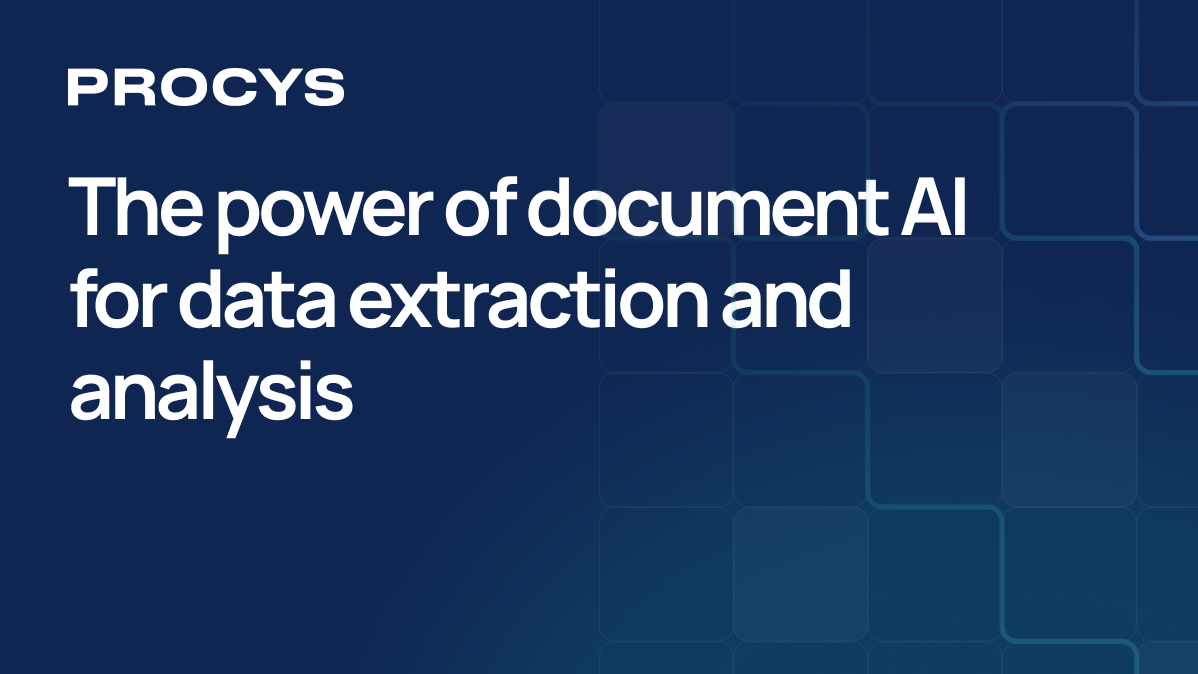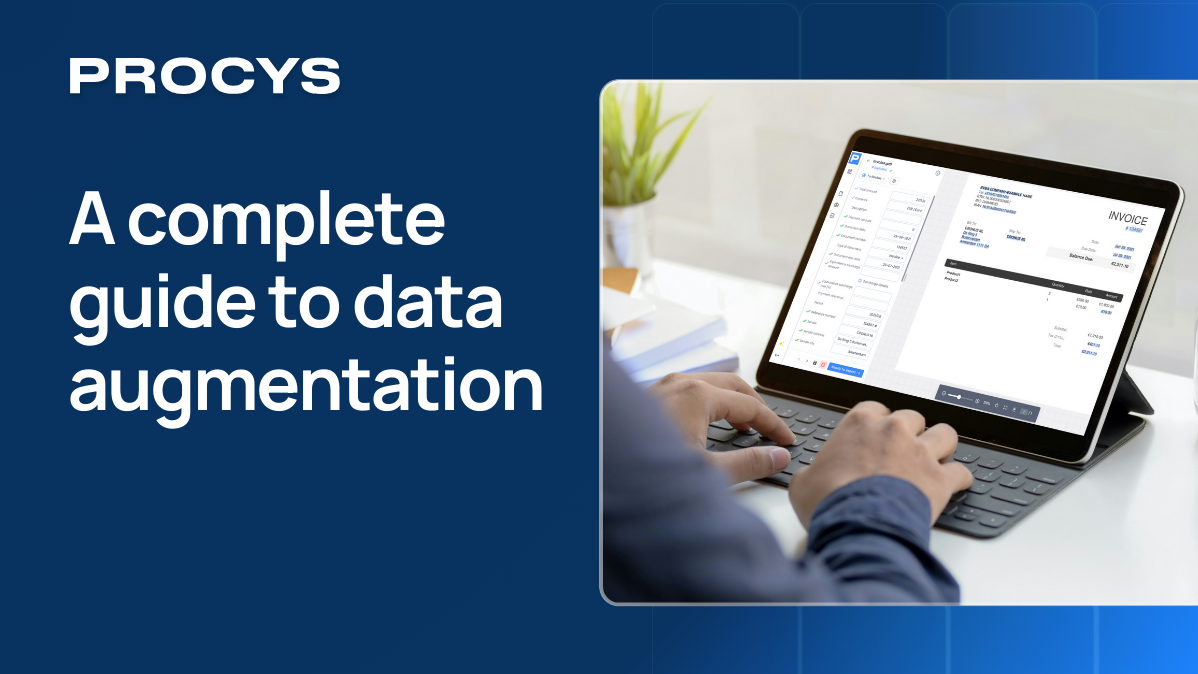Introduction
The urge to adopt the right procure to pay software is the result of recognizing how advanced, AI-based systems can cut through the stiffness, error ratio and waste of time of finance teams.
According to the Economist Impact 2024 white paper (a recent study published by SAP which interviewed more than 2,000 executives) 44% of the surveyed professionals indicated the adoption of an AI strategy for procurement services as a main driver for digital transformation.
Beyond reducing paperwork or catching up with compliance, the ultimate goal is to enable smarter work and decision-making across entire organizations.
This is why procure-to-pay (P2P) software has become a cornerstone for finance and operations teams looking to automate workflows from purchase requisition to invoice processing and payment.
In this guide, we break down six of the best procure-to-pay software platforms after a thorough evaluation of their features, automation capabilities, integration ease and scalability.
What is procure-to-pay software?
Procure-to-pay software is the term for end-to-end digital solutions that connect procurement functions with accounts payable to automate the entire purchasing lifecycle.
These tools streamline tasks such as vendor onboarding, purchase requisitions, approvals, invoice processing, and payments within a single platform, and modern P2P typically include:
- Automated invoice capture and matching, often using OCR (optical character recognition) and machine learning to read invoices from emails or PDFs and extract key data.
- Workflow automation for approvals and exceptions, reducing time spent on manual review in AP and AR operations.
- Vendor management features that help monitor supplier performance, compliance, and payment terms.
- Integration capabilities that allow the system to sync with ERPs, CRMs, and accounting tools like SAP, QuickBooks, or Microsoft Dynamics.
- Real-time analytics and reporting to help finance teams track spend, identify fraud risks, and improve forecasting.
- Built-in compliance tools to meet industry regulations like SOX, GDPR, or HIPAA, depending on your vertical.
In essence, procure-to-pay software minimizes human touchpoints in financial workflows, turning what was once a slow, error-prone process into a strategic advantage for businesses in finance, healthcare, hospitality, travel, and beyond.
Key features to consider in P2P software
Choosing the right procure-to-pay software means going beyond surface-level functionality and focusing on the features that truly streamline workflows and create measurable value.
Here, feature is king and specific need is emperor: the best P2P platforms should be able to tailor their capabilities to existing workflows, tech-stacks and industries.
Here following are the core features you should prioritize when evaluating procure-to-pay solutions.
Invoice automation (OCR, AI, intelligent document processing)
Manual invoice entry is not only time-consuming but prone to errors and compliance risks.
Modern P2P software uses OCR (optical character recognition) and AI-powered intelligent document processing to automatically capture and extract key invoice data, such as vendor names, amounts, due dates, and PO numbers, from PDFs, scans, or emails.
Advanced solutions like Procys go further by using machine learning to continuously improve accuracy and automate workflows like 3-way matching, fraud detection, and duplicate flagging. This drastically reduces processing time and frees up accounting teams to focus on high-value tasks.
Integration capabilities (ERP, CRM, existing accounting software)
Your P2P software must integrate smoothly with your existing tech stack to avoid silos and maximize ROI.
Leading platforms offer native integrations or open APIs for popular systems such as:
- ERPs: SAP, Oracle, Microsoft Business Central
- CRMs: Salesforce, Zoho CRM, HubSpot
- Accounting tools: QuickBooks, Xero, Exact, FreshBooks
The goal is to achieve data syncing across procurement, finance, and operations, without sacrificing too much of your current tech stack.
Ultimately, systems that communicate with each other generate real-time visibility and better decision-making across departments.
Vendor management
A robust vendor management module helps centralize supplier information, track performance metrics, and manage onboarding, risk assessments, and contract terms, all from a single dashboard.
Key features include:
- Digital vendor onboarding
- Compliance verification
- Centralized contact and contract records
- Performance analytics (on-time delivery, issue resolution rates)
This level of control helps reduce supplier risk, improve collaboration, and maintain audit-ready records.
Good to know: Procys offers centralized vendor management by streamlining supplier data capture, automating vendor onboarding, and enabling real-time tracking of invoice status, compliance, and communication history.
Reporting and analytics
Data is the new currency in finance. A strong P2P system delivers real-time analytics across spend categories, supplier performance, invoice cycles, and more.
These insights can help CFOs and procurement leaders:
- Identify savings opportunities
- Monitor budget vs. actuals
- Forecast cash flow
- Reduce maverick spending
Customizable dashboards and exportable reports also support audit preparation and internal performance tracking.
Compliance and security
In industries like financial services, healthcare and travel, regulatory compliance is non-negotiable.
Leading procure-to-pay platforms ensure that every transaction adheres to industry standards such as SOX, GDPR, PCI DSS, and HIPAA.
Security features to look for include:
- Role-based access controls
- Secure document storage (cloud encryption, SSL), and data protection at all phases
- Digital audit trails
- Automated approval workflows with policy enforcement
User experience (ease of use, interface)
No matter how powerful a tool is: if it’s hard to use, people in your organization are not going to adopt it.
The best P2P software solutions combine a clean, intuitive interface with guided workflows, making it easy for finance teams, procurement officers, and vendors alike to onboard and operate.
When in doubt, look for:
- Low learning curve with minimal training required
- Mobile accessibility for approvals on-the-go
- Dashboard customization for different roles
- Multi-language and multi-currency support (for global teams)
6 Best procure-to-pay software solutions of 2025
When evaluating procure-to-pay software, prioritize your company’s size, operational complexity, and industry-specific compliance needs.
Following up, we crafted a list of six best procure-to-pay software solutions to consider.
This list was curated with insights from procurement specialists, finance leaders, and automation experts with extensive experience in digital transformation and P2P optimization. Our evaluation combines market relevance with functional and technical depth to support informed decision-making.
It is intended as a practical guide for buyers, and not a critique of any providers mentioned.
1. Procys
Best for: CFOs, accountants, and procurement leaders of both small businesses and enterprises looking to optimize entire P2P workflows or part of them, especially in the financial, tax and administration, hospitality, and travel industries.
Procys specializes in intelligent document processing, AI-powered OCR and workflows automations to turn complex or manual processes into plug-and-play operations.
It’s particularly effective for companies managing invoices from email inboxes or PDFs, thanks to real-time extraction and seamless integrations.

Top features:
- Smart invoice data extraction (PDFs, email attachments)
- AI-driven 3-way matching and exception handling
- Pre-built integrations with QuickBooks, Microsoft Dynamics, Salesforce, HubSpot, and more
- GDPR- and SOX-ready compliance architecture
- Simple interface with high adoption rates across non-technical teams
2. Kissflow Procurement Cloud
Best for: mid-to-large enterprises seeking a fully customizable, end-to-end P2P solution.
Kissflow offers a flexible, low-code environment that adapts to complex procurement needs. From purchase requests to payments, its workflow automation is highly configurable without requiring IT support.
Top features:
- Purchase requisition and PO automation
- Vendor and contract management
- Real-time budget tracking and spend analytics
- Seamless integration with ERPs and accounting software
- Drag-and-drop workflow designer
3. Coupa
Best for: especially big enterprises that need deep spend visibility and procurement scalability.
Coupa delivers one of the most comprehensive spend management platforms on the market, combining P2P, expense management, and supplier diversity tools in one ecosystem.
Top features:
- Advanced spend analytics
- Strategic sourcing and contract lifecycle management
- Procurement and invoicing workflows
- Supplier risk assessment modules
- Broad ERP and treasury system integrations
4. Basware
Best for: companies processing high invoice volumes across multiple business units.
Basware brings deep automation expertise, especially for multinational firms dealing with cross-border compliance. Its strength lies in touchless invoice processing and robust AP automation.
Top features:
- Global e-invoicing and tax compliance
- Machine learning for invoice matching
- Supplier portal and onboarding tools
- Real-time analytics and benchmarking
- ERP-agnostic architecture
5. SAP Ariba
Best for: large organizations with complex procurement needs, especially for those that leverage tools of the SAP ecosystem.
SAP Ariba’s strength lies in its networked approach, connecting buyers and suppliers at scale in enterprises.
Top features:
- Supplier discovery and sourcing tools
- Guided buying and contract management
- Invoice reconciliation and payment scheduling
- Deep integration with SAP S/4HANA and other SAP modules
6. Tipalti
Best for: scaling companies and fintechs managing multi-country accounts payable.
Tipalti focuses heavily on automating mass global payouts and simplifying AP across currencies, tax jurisdictions, and vendors.
Top features:
- Global payment processing for different countries
- Tax compliance (W-8/W-9 automation, FATCA support)
- PO and invoice workflow automation
- Real-time spend dashboards
- ERP integrations (NetSuite, QuickBooks, Xero)
Final thoughts
Choosing the right procure-to-pay software in 2025 means balancing automation, integration, user experience, and compliance.
CFOs managing extensive budgets, as well as operational professionals in AP or AR looking to eliminate bottlenecks, can leverage P2P systems to streamline workflows, reduce manual work, and deliver measurable savings.
Platforms like Procys stand out for organizations that need fast, accurate invoice automation and personalized integrations with tools they already use without lengthy implementation cycles.





